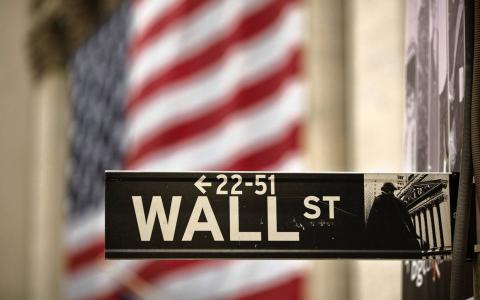
The world changed dramatically on July 2, 2016, the day the very first baby boomer reached age 70 ½.
Why?
Because at that moment, the first baby boomer was required by law to begin taking required minimum distributions (RMDs) from his or her retirement plans, such as the Traditional IRA and 401(k).
Let’s talk about why that matters.
The Trouble with RMDs
Tax-deferred retirement accounts, like the Traditional IRA and 401(k), allow for tax-deductible contributions over the years.
These contributions accumulate tax-deferred and grow as savers invest them in the stock market, again, without any current taxation.
The IRS won’t let this tax-deferral continue forever, so at age 70 ½, tax-deferred retirement account participants are required to begin taking distributions and paying taxes on those withdrawals.
I believe the problem with this scenario is that it creates an unsustainable amount of cash flow pressure on the market as, each day, 10,000 or more new retirees will turn 70 ½ and start selling their assets to take their RMD.
This will slow down eventually, it’s true, but with advancements in medical technology, more retirees are living healthy and productive lives into their eighties and nineties, which means the markets are going to carry the burden of the boomers for a very long time.
Can Millennials Come to the Market’s Rescue?
The great salvation, says Wall Street and the economists they pay, is that millennials are coming to the party and will be investing in the stock market.
But guess what they’re strapped with?
Student loan debts totaling more than $1 trillion! Many recent college graduates are unable to begin funding their own retirement plans because they have large debts to pay.
But it’s not just the debt stopping them from investing; a 2015 poll conducted by Bloomberg found that almost 40 percent of millennial respondents did not trust the stock market, often citing that it’s too volatile or that it isn’t a fair space for small investors.
It appears The Great Recession of 2008 permanently scarred the minds of millennials, as they heard countless financial horror stories from parents and relatives who lost half their retirement savings to a crashing stock market. It was essentially the millennials’ equivalent to the Great Depression. All of this, in turn, leads us to this: the complete failure of traditional financial planning models at every age, and in every way.
I can’t imagine anyone looking forward to being stranded at the top of a mountain they worked so hard to climb, yet that can happen if you rely too heavily on the stock market to completely fund your retirement.
I also can’t imagine any retiree working hard to save and preserve money during their working years just so they can pay a big portion of it back in taxes only a few short years after retirement, leaving them financially vulnerable, relying too heavily on Social Security to get them through.
We face many challenges as we work to create a lasting, tax-efficient retirement plan, and there are efficient ways to accomplish this—one of which is the SMART retirement plan. SMART is an optimal way to utilize the Strategic Movement Around Retirement Taxation® so that you can enjoy greater, ongoing financial independence and gain comfortable peace of mind.



